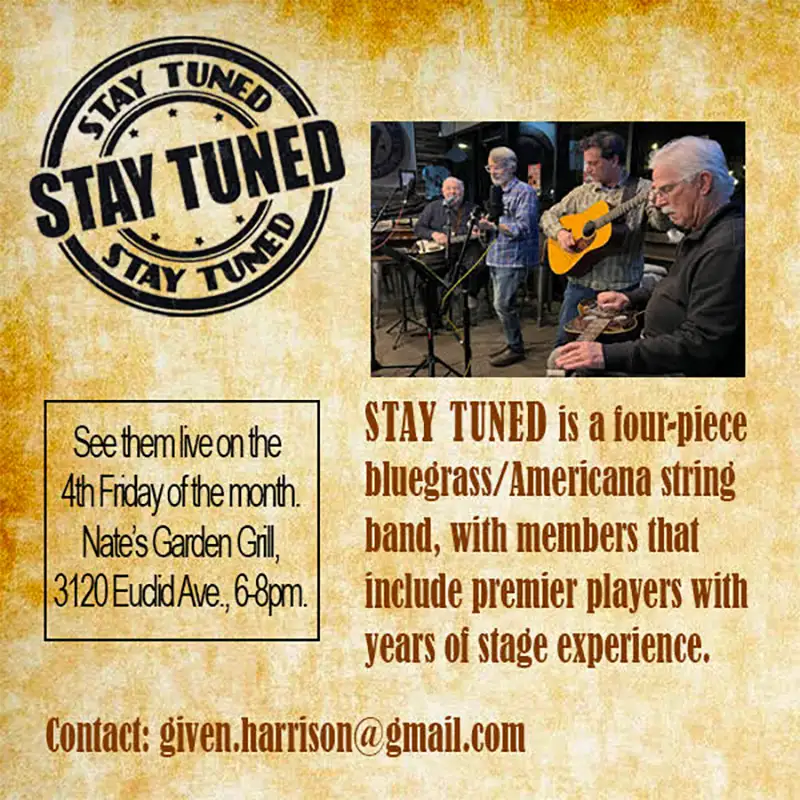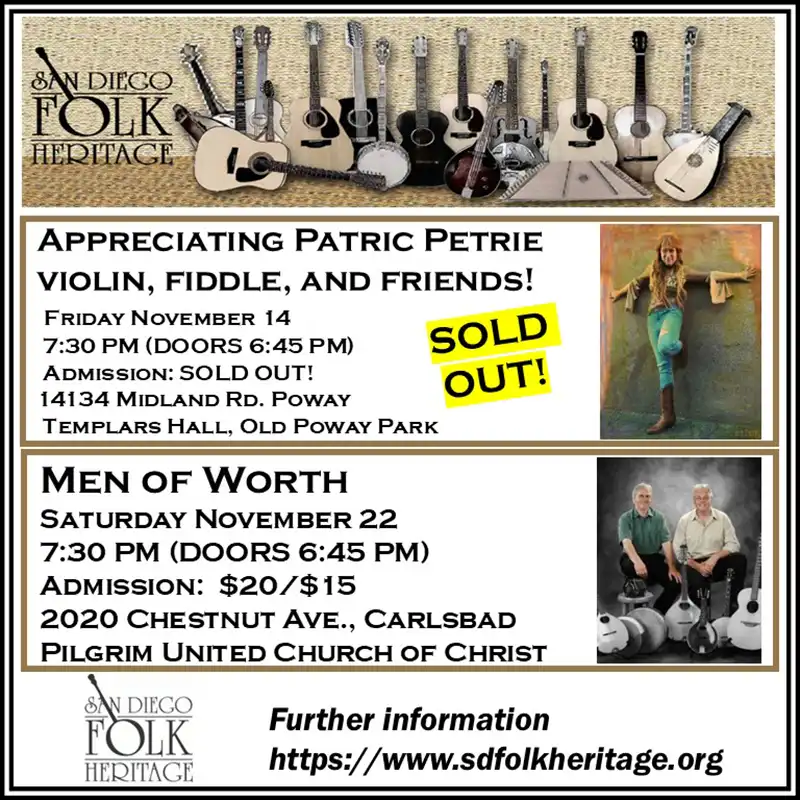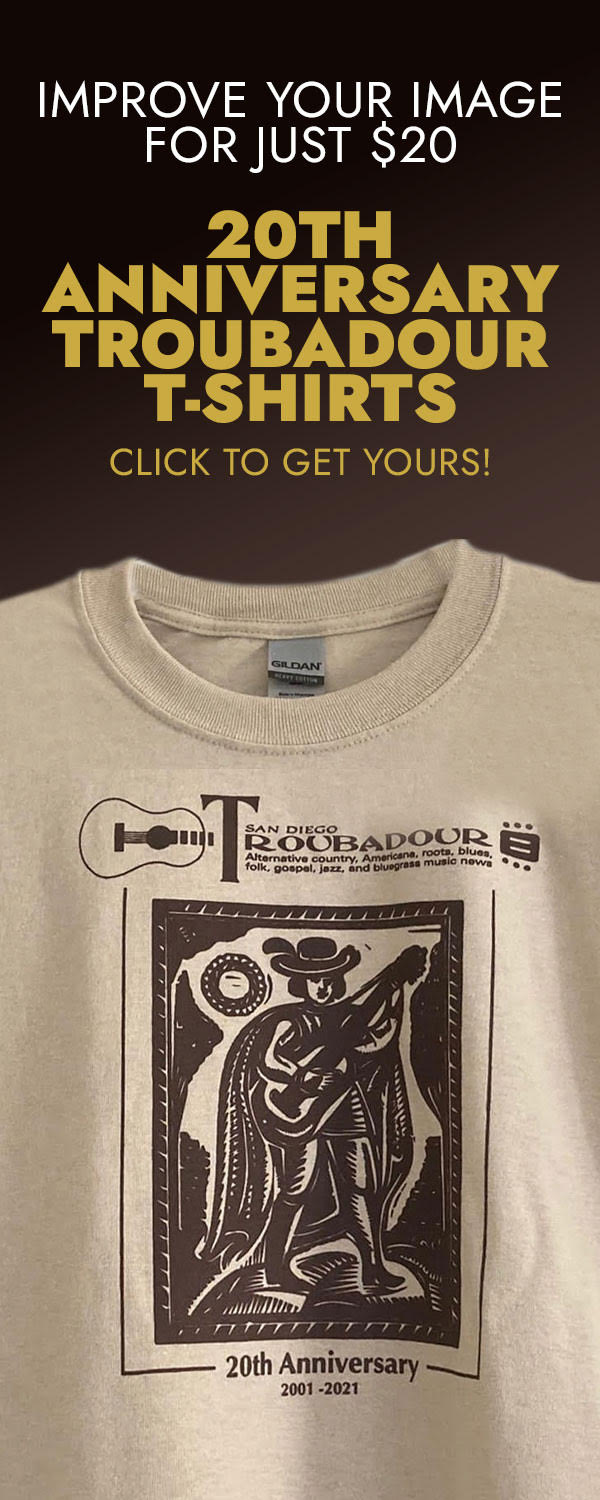Tales From The Road
John Prine: The Man Deserves a Shrine
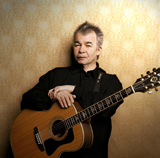
John Prine
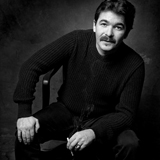
Studio portrait from 1984. Photograph by Jim McGuire.
Writing is about a blank piece of paper and leaving out what’s not supposed to be there. There were many great days and many not so great days. I tried to turn them all into great songs.
-John Prine, April 1993
I recently participated in an online topic discussion called ‘John Prine: Where Do I Start?’ Good question. For someone new to Prine, there really is a lot to choose from. He has lived through epics, eras and epochs of history. He’s been through musical movements, changes in style, changes in life styles, marriages, divorces and re-marriages, new trains and old friends, missing years, and long Mondays. Personally, there are so many memories and perspectives and experiences with this singer-songwriter over the last 40 years, it’s hard to narrow it down to one topic, one memory, one place or time to even write about. I would recommend to the Prine newcomer, his first album – simply because of the quantity and quality of the songs that went on to become classics. It stands apart as one of the finest debuts in the music industry in general and certainly stands as one of the best of what we now have come to call ‘Americana.’ If any memory stands out, it may the first time I saw him one dull Sunday afternoon in 1972 on an hour-long PBS TV show playing songs from his first two albums. It was the first time I had heard him. It was also the first time I heard songs like ‘Sam Stone.’ and ‘Hello in There.’ Later, the next year, he’d come through L.A. for a four-night gig at The Troubadour on Santa Monica Blvd. in Los Angeles. Opening for him was an unknown duo who went by the name of Buckingham-Nicks. He sat on a stool in a faded jeans jacket, peering out his eyes with both comedy and tragedy in his songs. Over the years, it’s been my custom to see him when he comes through town. However, today, he’s not the household name he really should be; he is a well-established songwriter’s songwriter and always a welcome sight to the concert stage.
Prine’s recorded musical career reaches back to 1971 with the release of his first self-titled solo album. With a rusty early acoustic Dylan-esque voice, he first had to distinguish himself from the large field of ‘new Dylans’ floating around during that era; it was a time when Dylan was in hibernation, out of the public eye; the singer-songwriter movement was in full swing and looking for a new icon. John Prine became an unlikely and ironic heir to the poet’s throne. With his feet planted solidly in the Midwest, raised in a suburb of Chicago by parents from Kentucky, who gave to him the same southern-rooted sensibilities. He first picked up a guitar at age 12 when his brother Dave taught him how to play. In 1964, following high school graduation, he served as a postal worker for a short time. It was during his service in the army, stationed in Germany, that he discovered his knack for entertaining the troops with songs, jokes, and stories. After returning from the army, he returned to his job as a mailman. He landed in the Chicago folk scene in 1970 where he was coaxed into a playing a few songs at an open mic night at a club called The Fifth Peg. This landed him is first paid gig. This went so well, he was hired and able to quit his post office job. This meant that he had to write enough songs to fill an entire set. When he tells this story in concert he describes how one of his best-loved songs, ‘Souvenirs,’ was written quickly to have enough songs for that night’s set. But, things would speed up when he met the short guy who wrote the best train song ever. That was Steve Goodman and the song was ‘City of New Orleans.’ To paraphrase John from an interview: ‘I had heard that the guy who wrote ‘City of New Orleans’ was playing at the Earl [a Chicago pub called the Earl of Old Town] and I wanted to go listen to him. I had this mental picture of what the singer would like. I was expecting to see this real tall, skinny guy with a goatee and a real deep voice. So I walk in and I ask if I could meet Steve Goodman and this little guy with long hair and a full beard walks over and I ask him if he was going to take me back to meet Steve Goodman and he tells me he was Steve Goodman.’
The meeting would form a friendship that would last a life time and become worthy of its own story. Goodman, a wiry, fast-witted guitar picker ‘ part jester, part poet, a comedian and profound songwriter in his own right ‘ became Prine’s best friend. His performances were so dynamic and energetic ‘ and gathered up so much attention ‘ that he ended up opening for Kris Kristofferson at Chicago show in Chicago. This was when Steve persuaded Kris to go hear his friend, John Prine, in a pub after hours. The story and Kris’ impressions are well-documented on the liner notes of Prine’s first album where Kris says on first hearing John, ‘It was one of those rare, great times when it all seems worth it, like when the Vision would rise upon Blake’s ‘weary eyes, even in this dungeon, and this iron mill.” Later when Kris had John and Steve Goodman as guests on his show at New York’s Bitter End, he said of John,’ No way somebody this young can be writing so heavy. John Prine is so good, we may have to break his thumbs.’ That night resulted in Prine being signed to Atlantic Records by Jerry Wexler.
His first album became one of those rare break-out standard-setting debut albums that allowed Prine to shed the ‘new Dylan’ label with his own distinctive voice emerging from the familiar Dylan rasp. The album probably contains his best-loved classics. While he never charted a hit himself, the classic ‘Hello in There,’ about the plight of the elderly, was famously covered by Bette Midler. Bonnie Raitt’s interpretation of the rodeo-themed ‘Angel From Montgomery’ also grew his reputation among other industry insiders. However, on this album as throughout his career, it is Prine’s own original takes on his songs that really shine and reveal the soul of what he as a songwriter, storyteller, and artist is really getting at. There’s no better example than ‘Sam Stone,’ which, more than any song of this or any era, brings home the lost despair of the veteran’s return home from the war and his loss of ideals and vision. ‘Donald and Lydia’ tells the tale of alienation and an off-beat romance through the eyes of two lonely misfits. ‘Far From Me’ is reported to be John’s favorite song. It’s like what one would imagine may happen if Hank Williams and John Steinbeck met John Ford. It’s a visual song capturing the moment of a relationship’s breakdown, with lines like… ‘you know she still laughs with me/but she waits just a moment too long…’ and ‘ain’t it funny how an old broken bottle looks just like a diamond ring.’ The album also included the classics ‘Spanish Pipedream,’ with the clever line ‘I knew that topless lady had something up her sleeve,’ ‘Illegal Smile,’ which went on to become a ’70s anthem for his cannabis-inclined fan base, the anti-war song, ‘Your Flag Decal Won’t Get You into Heaven Anymore,’ and the classic ‘Paradise,’ about the small Kentucky town Prine and his family used to visit, which was plowed away by the coal company.
But, like any true artist, Prine followed his musical muse rather than try to reproduce the success and buzz that centered around his first album. He returned with the spare, stripped down all-acoustic, Diamonds in the Rough, with an a capella interpretation of the Carter Family classic. Musicians on the album included David Bromberg and Prine’s brother Dave on mandolin, Steve Burgh on drums and bass, and Steve Goodman on guitar and harmony. While the album doesn’t include the many classic songs, its overall consistency in theme and sound foreshadowed today’s Americana-roots music movement with one ear to the earth of traditional music and the other ear to the changing and turbulent times. The song ‘The Great Compromise’ describes a drive-in cheating situation that is revealed to be a clever analogy of the Vietnam War, still going on at the time of the record’s release in 1972. The songs on the album also lean closer to Hank Williams’ Luke the Drifter than to Dylan or any contemporary of the time. Tunes like ‘The Torch Singer’ and ‘Billy the Bum’ are morality songs that reflect the influence of Hank’s storytelling bard.
On this third, 1973 release, Sweet Revenge, solidified him as a consistently profound humorist and writer. At times, he sang like a hillbilly Jules Feiffer with sometimes sarcastic, sometimes ironic themes that would re-emerge throughout his career. It was at his 1973 L.A. premier at The Troubadour, prior to this album’s release when I heard many of the signature songs on this album including, ‘Please Don’t Bury Me,’ ‘Dear Abby,’ and ‘The Accident (Things Could Be Worse),’ for the first time. He came in solo on guitar with his jeans jacket, not that far removed from entertaining his buddies on German afternoons the decade before. Prine’s first three albums form a foundation that could be used as a textbook for brilliant singer-songwriter craft and inspiration and also laid the foundation for future Americana stylists and artists.
Later Prine albums would prove inconsistent at times due to experimentation in style and the attempt to gain commercial favor. His fourth album, Common Sense, on Asylum, flirted with more electrified rock stylings and less coherent and linear themes. It was a solid attempt to break out of the storytelling, singer-songwriter mode to attract a broader audience with mixed results. With his fifth album, Bruised Orange, John returned to his strengths with more acoustic, country flavored styles and strong songwriting. During the intervening years, John created his own record label, Oh Boy Records, which allowed him to release uncompromising classics like the albums Storm Windows, Aimless Love, and German Afternoons.
The years between 1986 and 1991 were John’s silent years. With the release of the aptly titled The Missing Years in 1991, Prine officially reached elder-statesman status. Equal to his first three albums and produced by Howie Epstein from Tom Petty and the Heartbreakers, he received support from David Lindley, Albert Lee, Mickey Raphael, Benmont Tench, John Jorgenson, Phil Everly and Bonnie Raitt. It won the 1992 Grammy for Best Contemporary Folk Album. Even though the production of the album was at a much higher level than John’s earlier releases, it was once again the songs and John’s connection to them that made this album so strong. Nearly 20 years later, it still stands among the best contemporary folk albums of the last two decades.
In 1997, John’s life came to a personal summit that would change things forever. He was diagnosed with squamous cell carcinoma, a form of cancer that formed on his neck. After successful treatment through surgery and radiation, John recovered enough to resume touring and recording in 1999. When he issued a letter to his fans on his website, he wrote, ‘I’m looking forward to getting back on the road and singing my songs. Hopefully my neck is looking forward to its job of holding my head up above my shoulders.’ John’s voice remains in good shape. He reported that he noticed it went down to a lower register but didn’t lose its quality. He said that it gave new life to some of his earlier songs. He has been cancer free since 1998.
In 2005 Prine released another fine album, Fair and Square, followed by another Grammy for Best Contemporary Folk Album. John had proved to be an institution in and of himself within the world of Americana music. It was decades ago that he was trying to run from the shadow of comparisons to Dylan. Now he can be easily regarded simply as one of Dylan’s peers. In a 2009 Huffington Post article Dylan said of Prine, ‘Prine’s stuff is pure Proustian existentialism, Midwestern mind trips to the nth degree. And he writes beautiful songs. I remember when Kris Kristofferson first brought him on the scene. All that stuff about ‘Sam Stone’ the soldier junky daddy and ‘Donald and Lydia,’ where people make love from ten miles away. Nobody but Prine could write like that. If I had to pick one song of his, it might be ‘Lake Marie.’
So, let the record show, if you’re just now finding John Prine, Bob Dylan says start with the song ‘Lake Marie.’ This humble writer recommends his first album. You pick. Either way, you win.
John Prine will be at Humphrey’s by the Bay, 2241 Shelter Island Dr., on Saturday, June 11, 7:30pm. Peter Case opens.




